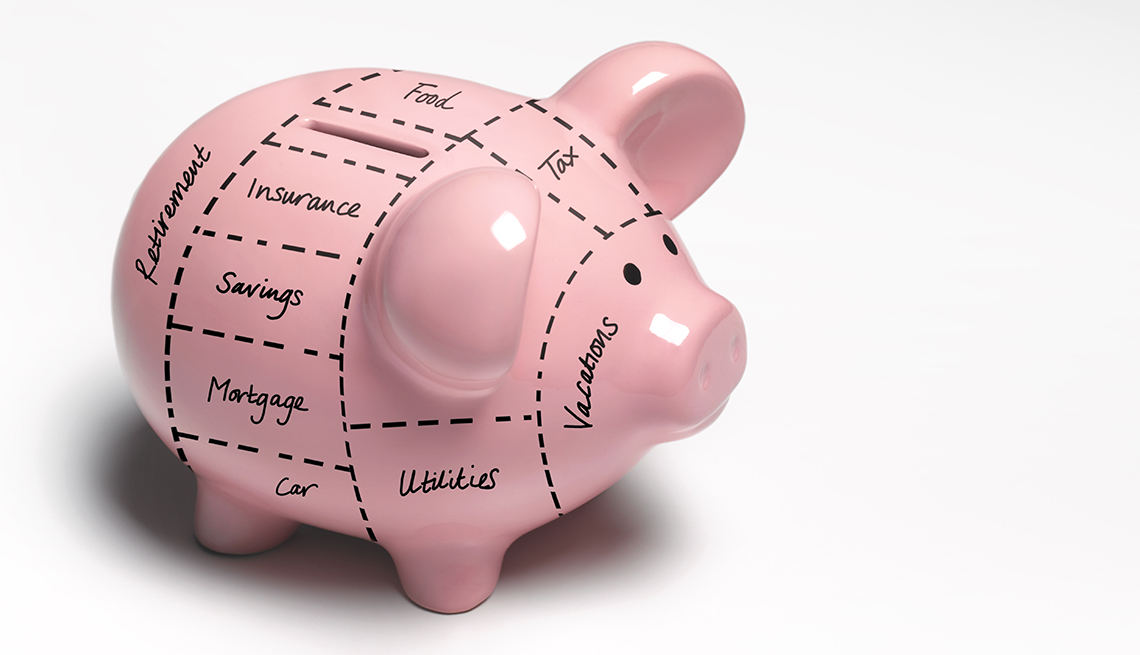Countdown to Retirement: 1 Year
Give the budget a test drive and think about picking up a part-time job
Money
Test-Drive Your Budget
En español | Run a dress rehearsal of your retirement spending plan, recommends Rick Kahler, a financial planner in Rapid City, South Dakota. Estimate your future monthly discretionary income — the cash you’ll have after paying regular expenses such as housing, taxes and health care. Then take an extended staycation, trying to get by on only that amount (adjusted for the length of your test). It should cover food, gas, entertainment and other everyday outlays. Got cash left over at the end? Great! If not, recalibrate your expectations. “We typically underestimate our spending,” Kahler says.
Simplify Your Accounts
If you have retirement savings, chances are that your assets are in more than one 401(k) or IRA. Some good reasons to combine accounts:
- Lower costs Industry research has found that expenses in 401(k) plans tend to diminish with size. Median fees for plans with fewer than 500 members, for example, were nearly triple those of plans with more than 10,000. If you’re in a small 401(k) plan, an IRA may be cheaper. If your employer’s plan is huge, you may be permitted to roll your IRAs into it.
- Clarity “Consolidation can help you understand if your overall retirement portfolio is too risky,” says Michael Finke, the chief academic officer at the American College of Financial Services.
- Simplicity Starting the year you turn 70½, you must withdraw a certain amount annually from traditional IRAs and 401(k)s. (If you’re still working, your current 401(k) might be exempt.) Penalties are steep for noncompliance. Consolidating helps avoid a mistake.
- Do it this way … Make a direct transfer from the institution holding one account to the company where the money is going, says IRA expert Ed Slott. Ask the firm on the receiving end for help; any checks should not be made out directly to you. “That can become a tax trap,” he warns.
- … but keep in mind: If you retire (or are fired) the year you turn 55 or later, you can take money from that job’s 401(k) without paying a 10 percent early-withdrawal penalty. (The withdrawal is taxable.) A traditional IRA doesn’t offer this break; pull out money before age 59½ and you’ll pay the 10 percent fine.
Work
Think About a Part-Time Gig
- Stay near your lane … Look for project-based jobs that use your current experience, says Art Koff, founder of the site RetiredBrains. “There are many opportunities for older workers,” Koff points out, “but starting a new career is extremely difficult.”
- … or volunteer. Work for free for companies or organizations that interest you, advises Kerry Hannon, author of Great Jobs for Everyone 50+. “It’s a great way to get in the door. It’s also a networking opportunity.”
- Stick around, maybe. Your best fit might be to work part-time for your present employer (sometimes called a phased retirement). Try Nancy Collamer’s suggestions:
Make a proposal. Meet with your boss at least nine months before your retirement date to make your pitch. Be ready to explain how a new arrangement will benefit your company.
Check with HR. See if working part-time will affect your benefits. It may affect, for one, your eligibility for health insurance.
And Lastly, Visit the Dentist
Traditional Medicare doesn’t cover dentistry, and 70 percent of people 65 or older have little or no dental insurance. “Getting work done while you still have insurance at work can be a lifesaver,” says Beth Truett, CEO of Oral Health America.
Social Security Q&A Tool
Find the answers to the most common Social Security questions such as when to claim, how to maximize your retirement benefits and more.

